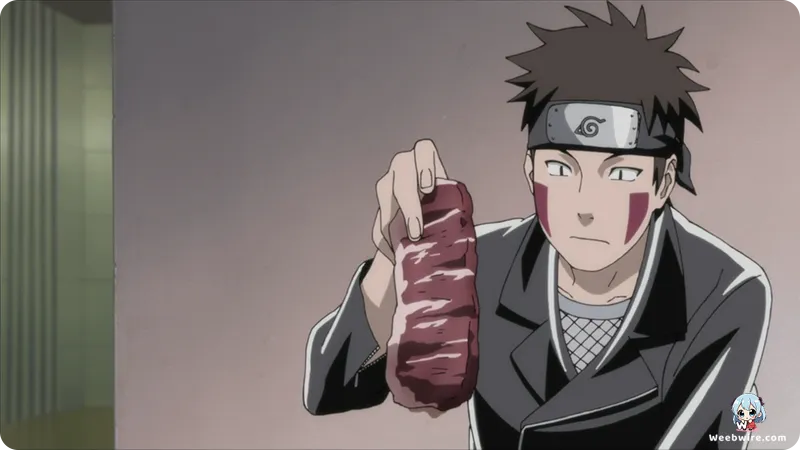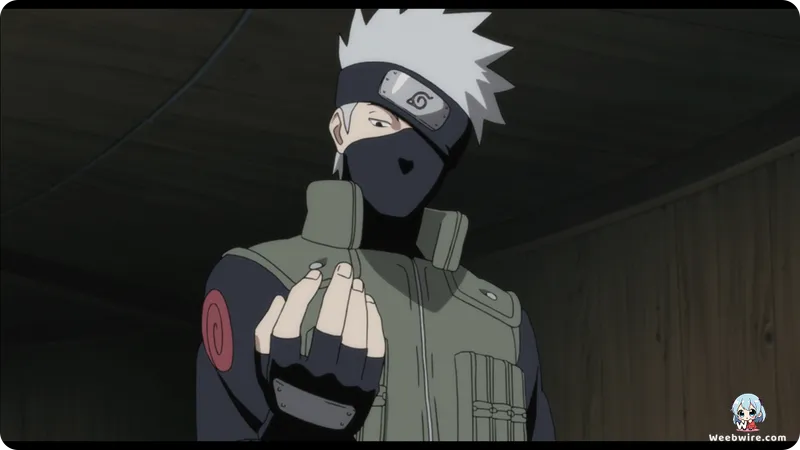Naruto Shippuden: The Will of Fire Film – Revisiting a Cinematic Masterpiece of Sacrifice and Loyalty

Released in August 2009, Naruto Shippuden the Movie: The Will of Fire stands as a pivotal cinematic installment, profoundly exploring core themes and beloved characters within the expansive Naruto universe. This Studio Pierrot production boldly deconstructs Konohagakure's foundational ideology: the Will of Fire. Beyond its thrilling plot, the film's intricate details and thematic nuances often go unappreciated, inviting a richer understanding of this compelling feature.
A Bold Narrative: Kakashi's Apparent Betrayal
The movie's most startling feature is its central premise: a catastrophic new jutsu, developed by the rogue shinobi Hiruko, threatens to eradicate all ninjas. To prevent its completion, four powerful shinobi, including Konoha's Kakashi Hatake, mysteriously vanish, seemingly offering themselves as sacrifices. This immediately casts Kakashi as a potential traitor, a bold narrative choice that forces Naruto and the audience to confront the unsettling idea of a loyal figure abandoning his village. This intense 'what if' scenario rigorously tests character bonds, exploring themes of sacrifice and duty in a way rarely seen for a core protagonist.
The Will of Fire offers unparalleled exploration of Kakashi's complex character, unveiling his unwavering sense of duty. His willingness to become a human sacrifice for Konoha, an act initially perceived as betrayal, is ultimately revealed as the purest embodiment of the Will of Fire. This provides crucial insight into Kakashi's moral compass and profound commitment, with his internal struggle and stoic resolve masterfully portrayed throughout the film.

Elevated Animation and Naruto's Growth
Studio Pierrot leveraged this film to push animation boundaries. Naruto films consistently benefit from elevated production values, ensuring fluid animation, detailed backgrounds, and spectacular fight choreography. This movie exemplifies that commitment, showcasing dynamic, visually stunning battles characteristic of the Naruto Shippuden era. The climax, featuring Naruto’s evolving abilities and the raw power of the Nine-Tails, delivers a truly cinematic experience, a hallmark of Studio Pierrot's theatrical releases.
Beyond its visual spectacle, the film subtly reinforces Naruto's growth in emotional maturity. Despite overwhelming evidence against Kakashi, Naruto never loses faith in his sensei. His unwavering belief, relentless pursuit to save him, and refusal to accept perceived reality form the emotional core of the story. This highlights Naruto's personal interpretation of the Will of Fire—prioritizing comrades over blind adherence to rules—a powerful testament to his journey from impulsive beginnings to an empathetic leader.
Thematic Depth of the Will of Fire
The concept of the 'Will of Fire' is meticulously deconstructed throughout the movie, posing profound questions about sacrifice, loyalty, and the true price of peace. This thematic depth elevates The Will of Fire beyond a simple action flick, establishing it as a thought-provoking entry in the Naruto saga and significantly enriching the lore and character development of this beloved series.
Credits
Naruto Shippuden the Movie: The Will of Fire
Author
Masashi Kishimoto
Cover Art
Masashi Kishimoto
Studio
Studio Pierrot
Publisher
Shueisha
Producers





